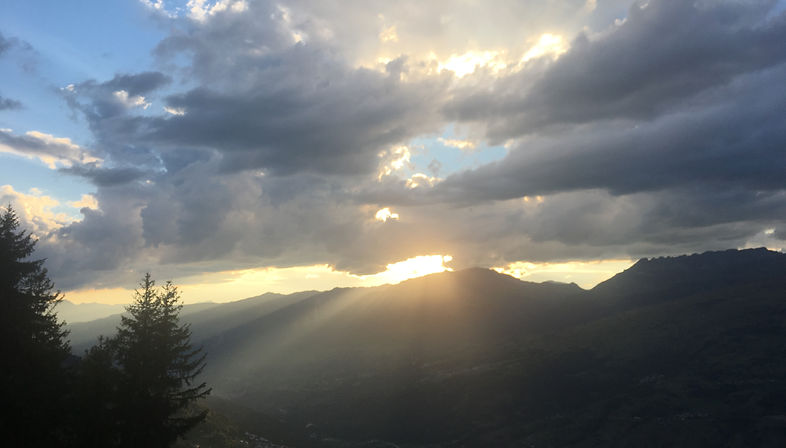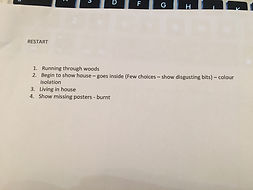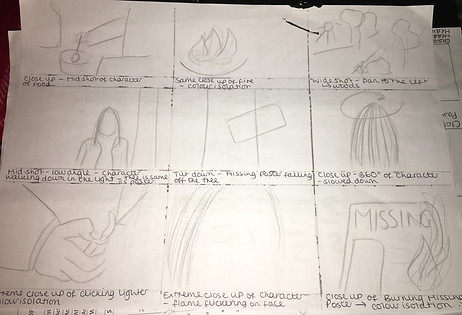
STORYBOARD
LYRICS //
When I was a child, I heard voices
Some would sing and some would scream
You soon find you have few choices
I learned the voices died with me
When I was a child, I'd sit for hours
Staring into open flame
Something in it had a power
Could barely tear my eyes away
All you have is your fire
And the place you need to reach
Don't you ever tame your demons
But always keep 'em on a leash
When I was 16, my senses fooled me
Thought gasoline was on my clothes
I knew that something would always rule me
I knew the scent was mine alone
All you have is your fire
And the place you need to reach
Don't you ever tame your demons
But always keep 'em on a leash
When I was a man I thought it ended
When I knew love's perfect ache
But my peace has always depended
On all the ashes in my wake
All you have is your fire
And the place you need to reach
Don't you ever tame your demons
But always keep 'em on a leash

Up to 0:15
An editing technique I wish to fit in the beginning of my music video, takes inspiration from the first 15 seconds of this video of SORRY - NOTHING BUT THIEVES.
During the humming sequence of Arsonist's Lullabye, the start of the music video will start with showing a girl tied up in a dark room. In between shots revealing the character during this, there will be a static tv effect which breaks up the character reveal. It breaks this up with short clips of the coming music video, to reveal little secrets as to why she is tied up.
I used this in my rough cut and second draft and it was successful with audience feedback. However, once I revisited my synopsis and changed the overall narrative of the music video, this was unfortunately no longer able to fit into the storyline.
The storyboard was important, since it gave a visual representation of the music video for editing use. However, since I was struggling to visually show the narrative I originally planned to express, I found that the storyboard was also a struggle before and during editing. Therefore, I mainly took my footage using the shot lists and notes I had written, as well as the images of those I envisioned. Then I drew up the storyboard afterwards, to help with post-production. (Images below)


However, as a result of changing the narrative and altering the synopsis during the productions process, I then had to edit and re draw the storyboards in order for them to co-exist with the video itself. Although this time, I had a much more focused storyline to enable me to draw the shot lists and storyboards efficiently in accordance to the narrative and the footage I had already filmed. Therefore, it was much more successful this time. I also wrote out a checklist for the order the video will be presented in, which allowed me to slit up the editing into chunks to focus on individually to get correct and follow the narrative conventions and music video conventions I researched from Goodwin's Theory and analysing other narrative music videos.











